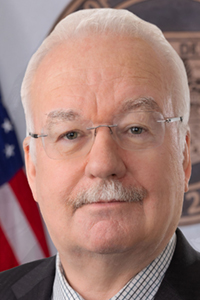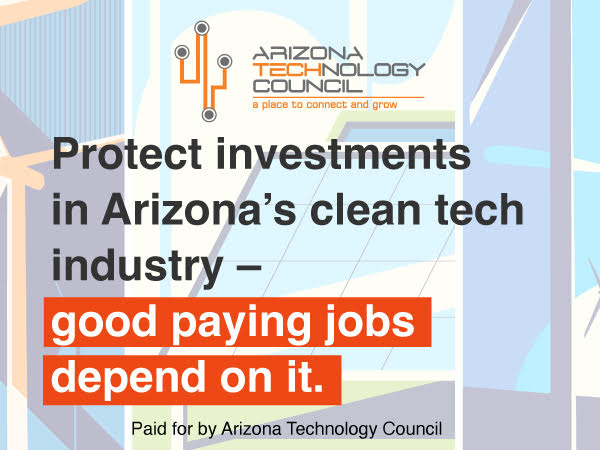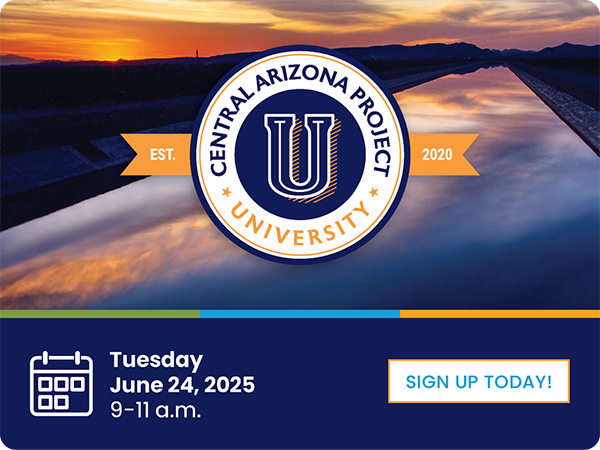Federal water officials made public on Wednesday what they called “necessary steps” for seven states and multiple tribes that use Colorado River water and hydropower to meet an August 2026 deadline for deciding how to manage the waterway in the future.
“Today we show our collective work,” Bureau of Reclamation Commissioner Camille Calimlim Touton said as she outlined four proposals for action and one “no action” alternative that she and Biden’s government will leave for the incoming Trump Administration — with formal environmental assessments still to come and just 20 months to act.
The announcement offered no recommendation or decision about how to divvy up water from the river, which provides electricity to millions of homes and businesses, irrigates vast stretches of desert farmland and reaches kitchen faucets in cities including Denver, Salt Lake City, Albuquerque, Las Vegas, Phoenix and Los Angeles.
Instead it provided a bullet-point sample of elements from competing proposals submitted last March by three key river stakeholders: Upper Basin states Colorado, Utah, New Mexico and Wyoming, where most of the water originates; Lower Basin states California, Arizona and Nevada, which rely most on water captured by dams at lakes Powell and Mead; and more than two dozen Native American tribes with rights to river water.
“They’re not going to take the any of the proposals,” said Sarah Porter, director of the Kyl Center for Water Policy at Arizona State University. “The federal government put the components together in a different way … and modeled them to provide near-maximum flexibility for negotiations to continue.”
One alternative would have the government act to “protect critical infrastructure” including dams and oversee how much river water is delivered, relying on existing agreements during periods when demand outstrips supply. “But there would be no new delivery and storage mechanisms,” the announcement said.
A second option would add delivery and storage for Lake Powell and Lake Mead, along with “federal and non-federal storage” to boost system sustainability and flexibility “through a new approach to distributing” water during shortages.
The third, dubbed “cooperative conservation,” cited a proposal from advocates aimed at managing and gauging water releases from Lake Powell amid “shared contributions to sustain system integrity.”
And a fourth, hybrid proposal includes parts of Upper and Lower Basin and Tribal Nations plans, the announcement said. It would add delivery and storage for Powell and Mead, encourage conservation and agreements for water use among customers and “afford the Tribal and non-Tribal entities the same ability to use these mechanisms.”
The “no action” option does not meet the purpose of study but was included because it is required under the National Environmental Policy Act, the announcement said.
In 2026, legal agreements that apportion the river will expire. That means that amid the effects of climate change and more than 20 years of drought, river stakeholders and the federal government have just months to agree what to do.
“We still have a pretty wide gap between us,” Tom Buschatzke, Arizona’s main negotiator on the Colorado River, said in a conference call with reporters. He referred to positions of Upper Basin and Lower Basin states. Tribes including the Gila River Indian Community in Arizona have also been flexing their long-held water rights.
Buschatzke said he saw “some really positive elements” in the alternatives but needed time to review them in detail. “I think anything that could be done to move things forward on a faster track is a good thing,” he said.
Democratic U.S. Sen. John Hickenlooper of Colorado said in a statement the alternatives “underscore how serious a situation we’re facing on the Colorado River.”
“The only path forward is a collaborative, seven-state plan to solve the Colorado River crisis without taking this to court,” he said. “Otherwise, we’ll watch the river run dry while we sue each other.”
Wednesday’s announcement came two weeks after Democratic Vice President Kamala Harris lost the election to Republican former President Donald Trump, and two weeks ahead of a key meeting of the involved parties at Colorado River Water Users Association meetings in Las Vegas.
Kyle Roerink, executive director of the Great Basin Water Network advocacy group, said “snapshots” offered in the announcement “underscore the uncertainty that is swirling around future river management as a new administration prepares to take office.”
“The river needs basin-wide curtailments, agreements to make tribes whole, a moratorium on new dams and diversions, commitments for endangered species and new thinking about outdated infrastructure,” he said.
Buschatzke declined to speculate about whether Trump administration officials will pick up where Biden’s leaves off. But Porter, at the Kyl Center, said the announcement “shows an expectation of continuity.”
“The leadership is going to change, but there are a lot of people who have been working on this for a long time who will still be involved in the negotiations and modeling,” she said.
___
Associated Press writer Amy Taxin in Santa Ana, California, contributed.





























